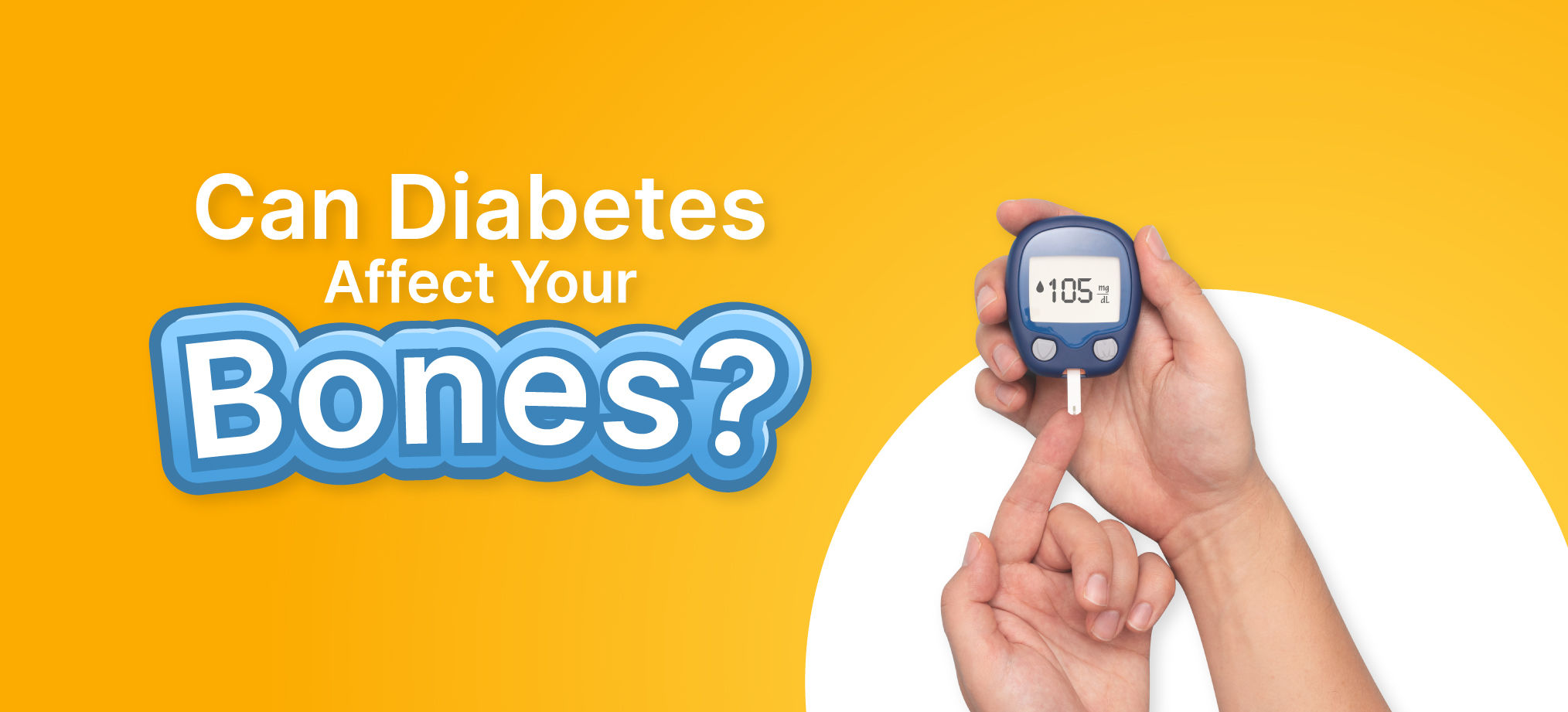Diabetes Management
How Many Steps Should You Walk to Manage Your Diabetes?
3 min read
By Apollo 24|7, Published on - 04 October 2023
Share this article
0
0 like

Walking is a simple yet highly effective form of exercise that can play a significant role in managing blood sugar levels for individuals with diabetes. It's a relatively easy activity that can be tailored to various fitness levels and can be easily incorporated into daily routines. Let’s delve deep to understand how many steps should people with diabetes aim for to reap the benefits of improved blood sugar control.
What are the Benefits of Walking for People with Diabetes?
Before delving into the number of steps, let’s understand why walking is beneficial for individuals with diabetes:
- Improved Insulin Sensitivity: Regular walking can enhance the body's sensitivity to insulin, allowing better regulation of blood sugar levels. This effect can last for hours after a walk.
- Blood Sugar Control: Physical activity, including walking, can help lower blood sugar levels. It encourages the muscles to take up glucose from the bloodstream, reducing overall glucose levels in the blood.
- Weight Management: Maintaining a healthy weight is crucial for diabetes management. Walking aids in weight loss or maintenance, reducing the risk of insulin resistance associated with excess body fat.
- Heart Health: Diabetes increases the risk of heart disease. Walking can improve cardiovascular fitness, lower blood pressure, and reduce the risk of heart-related complications.
How Many Steps Should You Target?
While there's no one-size-fits-all answer to the ideal number of steps for managing blood sugar levels, health organisations often recommend aiming for 150 minutes of moderate-intensity aerobic activity per week. Walking can be a significant part of this recommendation.
Is Completing 10,000 Steps Actually Important?
You may have heard that aiming for 10,000 steps per day is an optimal target for overall health, including diabetes management. While this can be a helpful goal, it's not a strict requirement. Some individuals may need more or less depending on their fitness level and diabetes management goals.
Individualised Approach
The right number of steps varies from person to person. Factors like age, fitness level, overall health, and diabetes type influence the ideal step count. It's advisable to consult with a healthcare provider or a certified diabetes educator who can help you set specific goals tailored to your needs.
How to Get Started?
To ensure a smooth start and reap the maximum benefits, here are some essential guidelines to follow as you begin your journey:
- Gradual Progression: If you're new to exercise, start with a manageable number of steps and gradually increase it over time. Consistency is the key.
- Monitor Blood Sugar: Pay attention to how your body responds to walking. Regularly monitor your blood sugar levels to understand the impact of your activity.
- Safety First: Ensure you have appropriate footwear, stay hydrated, and consider walking with a friend or carrying glucose tablets if you are at risk of low blood sugar.
Conclusion
Walking is an excellent way to manage blood sugar levels for individuals with diabetes. While there isn't a universal step count, the goal is to engage in regular, moderate-intensity walking as part of an overall diabetes management plan. Consult with a healthcare professional to determine the right approach for you and remember that consistency is key to reaping the benefits of walking for diabetes control.
Diabetes Management
Consult Top Diabetologists
View AllLeave Comment
Recommended for you

Diabetes Management
How Does Diabetes Affect Bone Health?
People with diabetes, especially type 1 diabetes, have an increased risk of bone diseases, including hip fractures. Factors such as reduced insulin-like growth factor-1, increased oxidative stress, glycation, reduced calcium absorption, high parathyroid hormone levels, and urinary calcium discharge contribute to reduce the bone strength and quality. Consulting an orthopaedician for osteopenia and osteoporosis treatment can be one way of keeping the bones in good shape

Diabetes Management
The Connection Between Diabetes And Fatigue
There is a strong connection between diabetes and fatigue. Blood sugar fluctuations, side effects of medications, and an unhealthy BMI can result in fatigue in diabetics. Check out effective tips for managing diabetes-related fatigue and find out when to consult a doctor.

Diabetes Management
Maintaining a Healthy Weight in Diabetes: All You Need to Know
Maintaining a healthy weight is vital for individuals with diabetes, offering benefits, as well as reducing the risk of complications. Two key values, BMI and waist circumference, can help you assess your weight status. While BMI categorises weight broadly, waist circumference considers belly fat, a significant factor in diabetes risk. To sustain a healthy weight, adopt a balanced diet, engage in regular physical activity, and monitor blood sugar levels. These measures promote glycemic control and overall well-being for managing diabetes effectively.
Subscribe
Sign up for our free Health Library Daily Newsletter
Get doctor-approved health tips, news, and more.
Visual Stories

8 Fruits That are Incredibly Healthy for Diabetes
Tap to continue exploring
Recommended for you

Diabetes Management
How Does Diabetes Affect Bone Health?
People with diabetes, especially type 1 diabetes, have an increased risk of bone diseases, including hip fractures. Factors such as reduced insulin-like growth factor-1, increased oxidative stress, glycation, reduced calcium absorption, high parathyroid hormone levels, and urinary calcium discharge contribute to reduce the bone strength and quality. Consulting an orthopaedician for osteopenia and osteoporosis treatment can be one way of keeping the bones in good shape

Diabetes Management
The Connection Between Diabetes And Fatigue
There is a strong connection between diabetes and fatigue. Blood sugar fluctuations, side effects of medications, and an unhealthy BMI can result in fatigue in diabetics. Check out effective tips for managing diabetes-related fatigue and find out when to consult a doctor.

Diabetes Management
Maintaining a Healthy Weight in Diabetes: All You Need to Know
Maintaining a healthy weight is vital for individuals with diabetes, offering benefits, as well as reducing the risk of complications. Two key values, BMI and waist circumference, can help you assess your weight status. While BMI categorises weight broadly, waist circumference considers belly fat, a significant factor in diabetes risk. To sustain a healthy weight, adopt a balanced diet, engage in regular physical activity, and monitor blood sugar levels. These measures promote glycemic control and overall well-being for managing diabetes effectively.